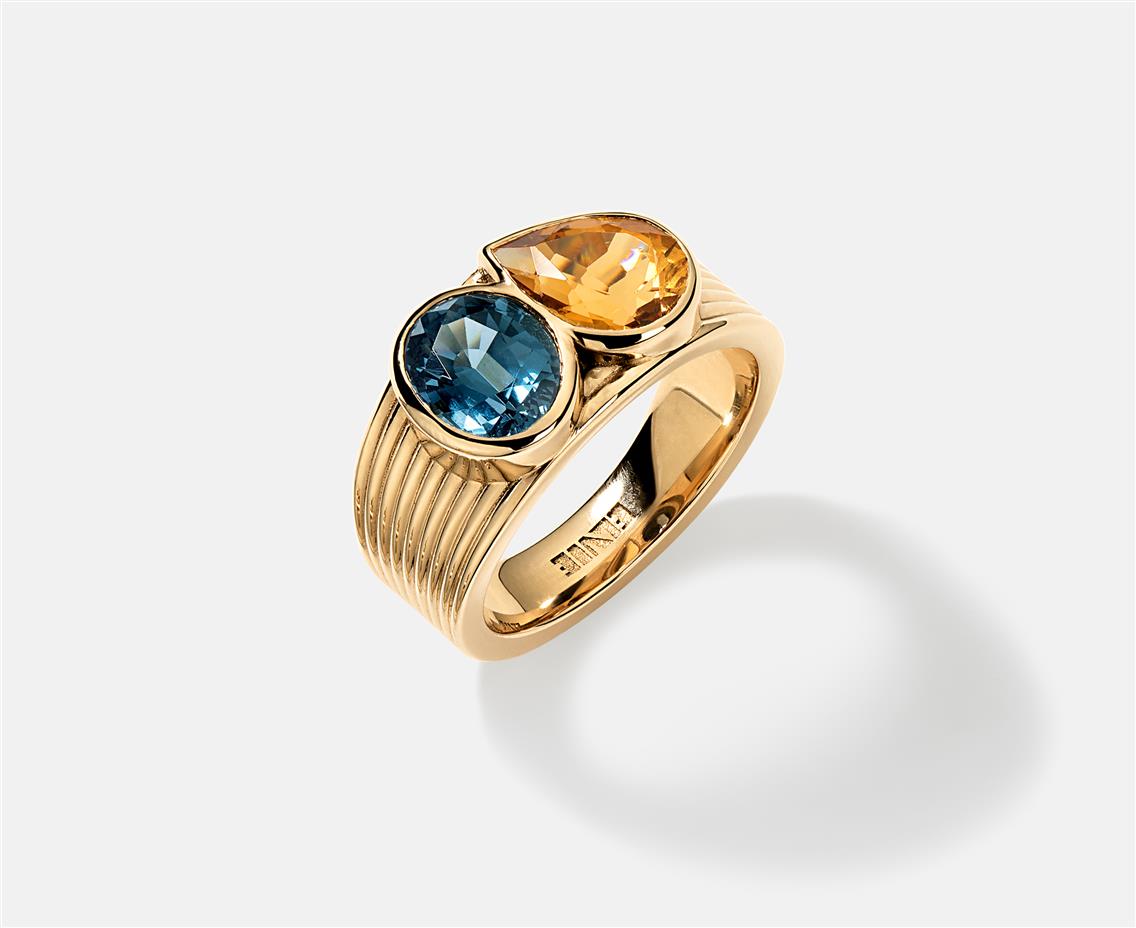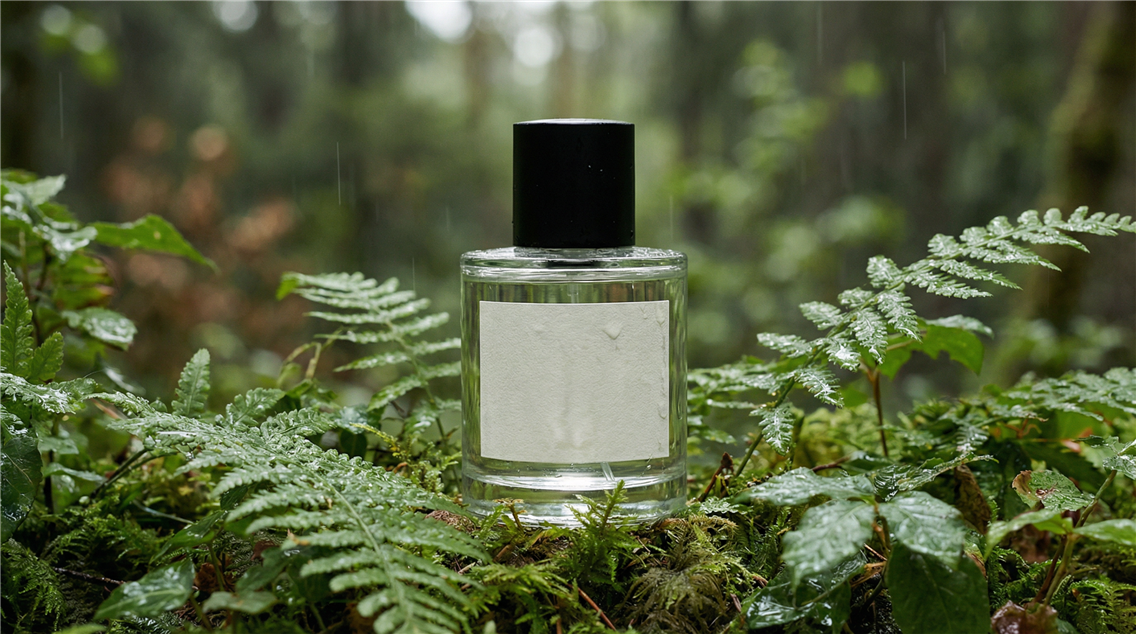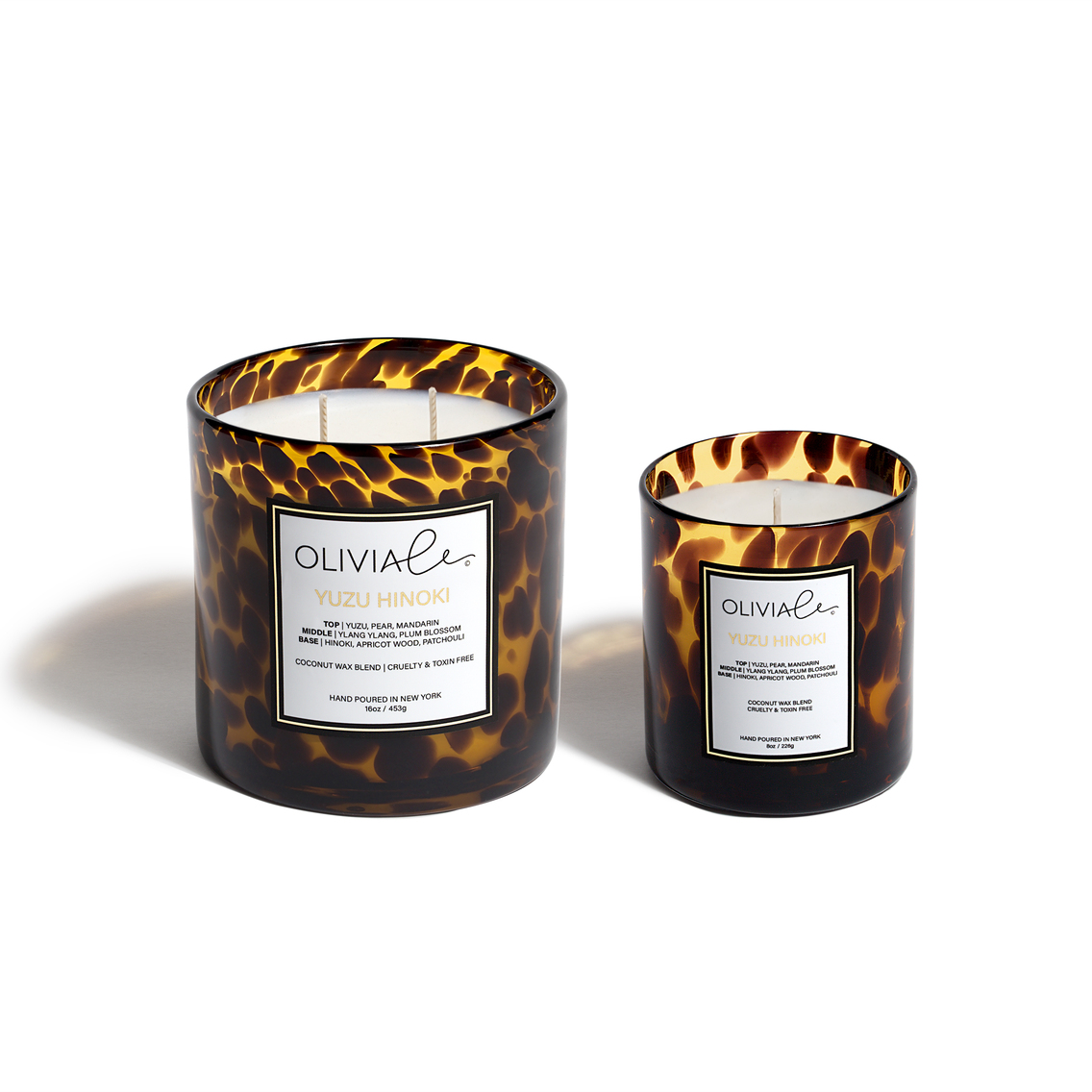Do You Need White Background Photos for an eCommerce Website?
In e-commerce, visuals are the pitch. Before your product description, before your reviews, it’s the photo of your product that makes the first impression. The background is the stage. Get it right, and your product shines. Get it wrong, and even the best Stock Keeping Unit, more commonly known as SKU, will fail to capture any attention or, worse, drive away potential customers.
White backgrounds are the industry standard for a reason: they’re clean, consistent, and make your product the center of attention. The term "white," however, actually refers to a spectrum of colors. There’s pure white, commonly used on sites like Amazon, but there’s also open white, off-white, and even muted color backgrounds. Each has its use case.
Some are required to meet marketplace standards. Others are used to elevate your brand’s identity. The most innovative eCommerce businesses know when to play by the book and when to bend the rules to stand out.
Whether you're scaling a catalog or launching a single hero product, your background choice affects trust, consistency, and conversions. In this article, we’ll break down the different types of white backgrounds used in photography, when to use them, and why they matter for your bottom line.
Why White Background Product Photography Dominates eCommerce
A white background does one critical thing: it makes your product the sole focus. Product catalog pages with uniform, pure white backgrounds can help small or new eCommerce sites look as professional as well-established websites like Macy’s or Amazon. That sense of order and professionalism instills a sense of trust that can make shoppers feel confident buying from you, especially when they can’t touch or try the product first.
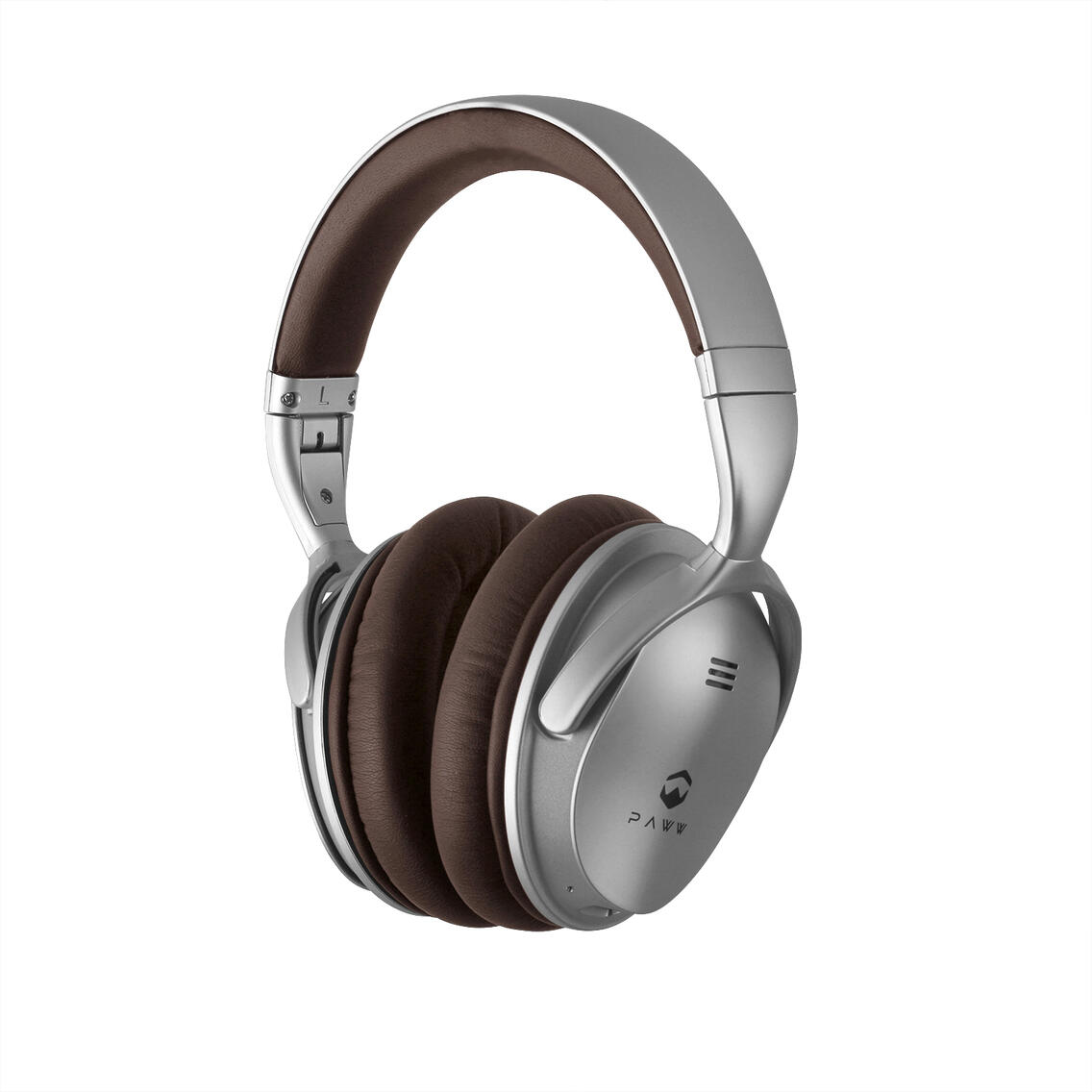
White Backgrounds Help with Product Comparison and Reduce Returns
Backgrounds affect how clearly your product appears, which in turn impacts decision-making. When someone’s comparing two rings, two backpacks, or two shades of foundation, a neutral background makes subtle differences stand out.
It’s about dimension, texture, materials, all the things people want to “see” before they commit.
Clarity is the reason they feel confident clicking 'Add to Cart.' If your photo creates uncertainty, is that gold brushed or glossy? Is the strap padded or flat? The customer either leaves the item or buys it and then returns it. Both are bad for business. A product on a white background gives them precisely what they need: a clear view, no distractions, and no confusion.
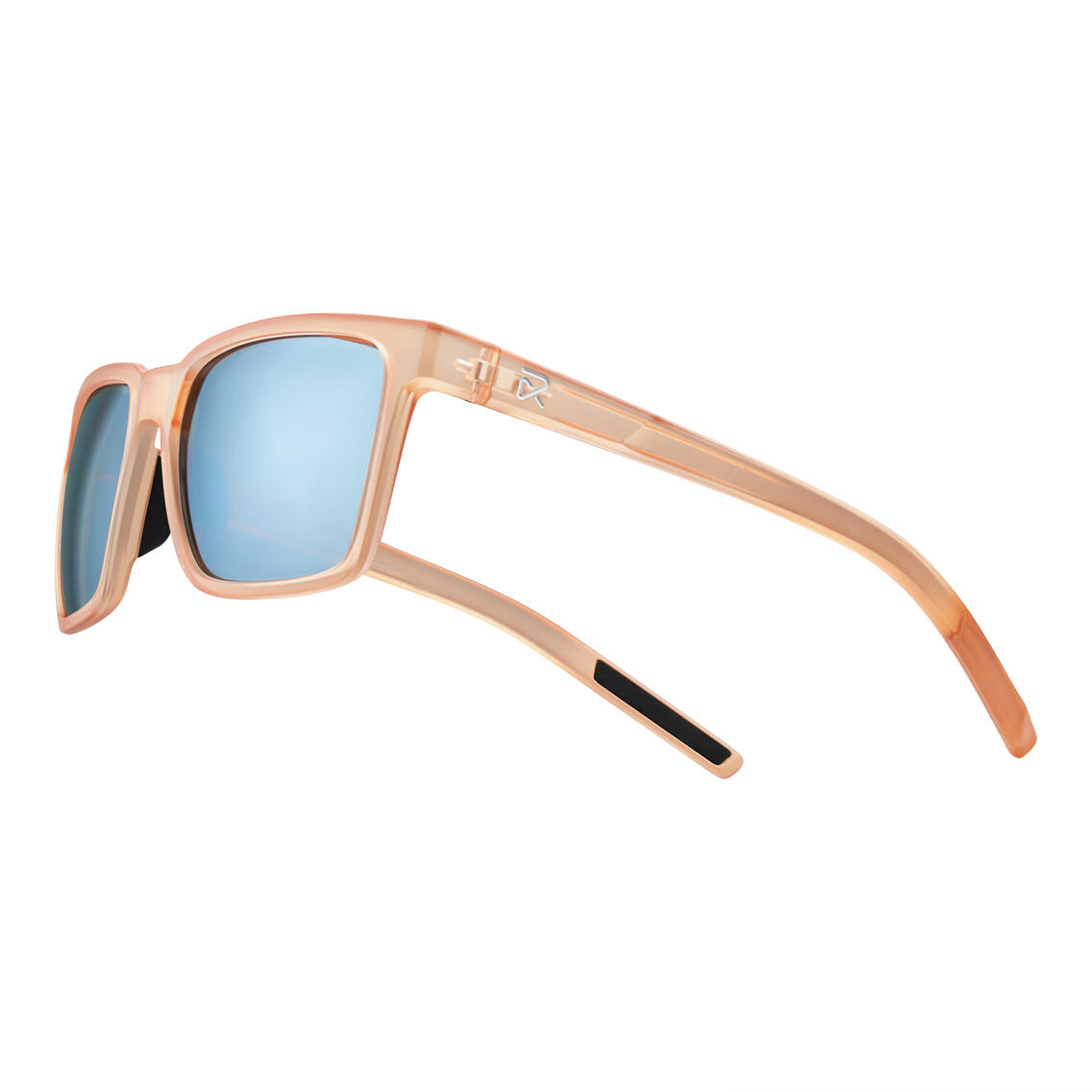
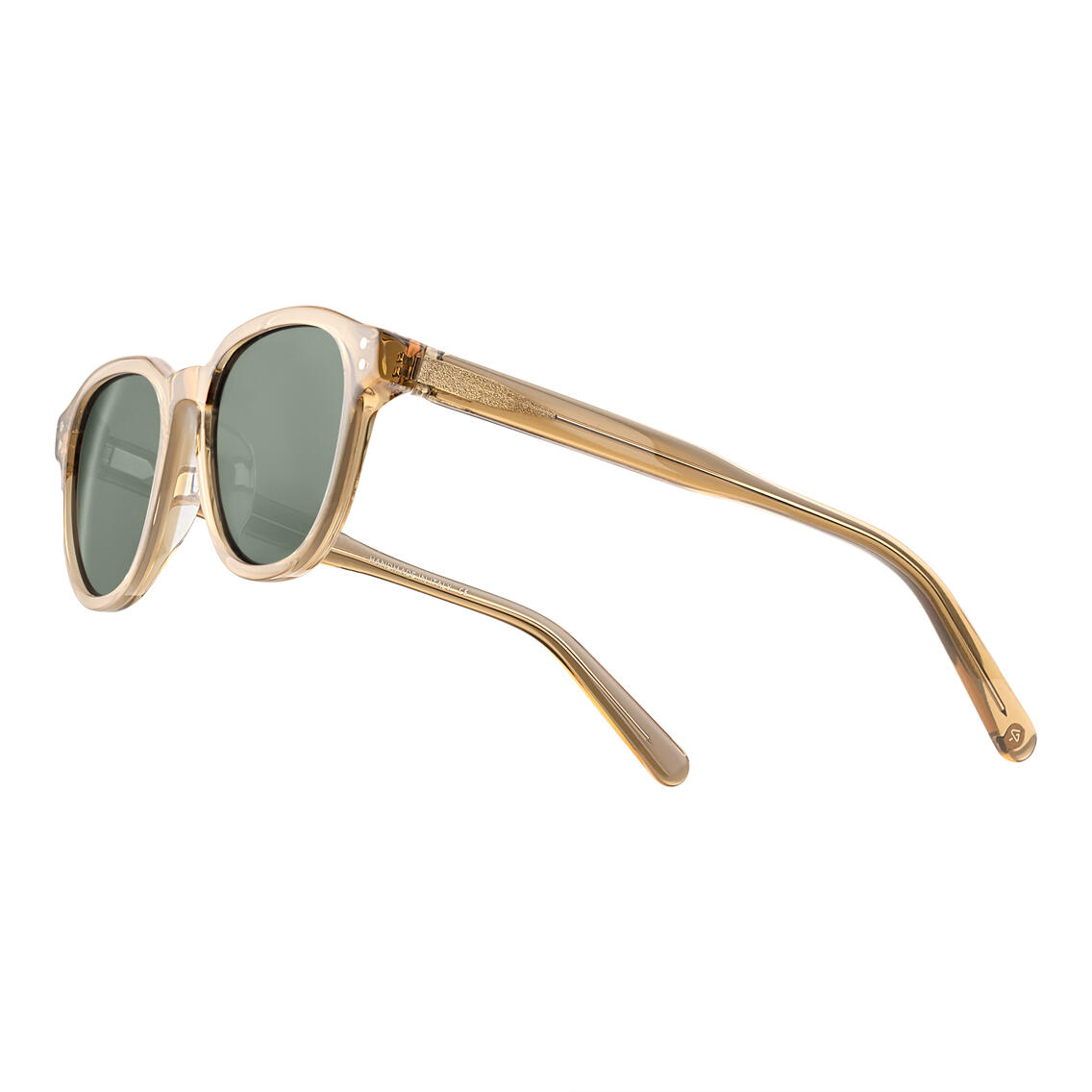
Understanding Different Types of Seamless Backgrounds for Product Photography
It’s easy to think of backgrounds as an aesthetic choice, something that makes your photos “look nice.” But in e-commerce, the background is part of the user experience. It directly shapes how your customer perceives your brand, processes information, and decides to buy (or not).
Pure White Background for Product Photography: The Clean, Platform-Approved Standard
This is the most commonly used background in eCommerce.
Pure white means RGB 255, 255, 255. It’s the cleanest possible white, with no gradients, no variation. It gives your product a professional, isolated look that emphasizes every detail.
If you’re selling on Amazon, Walmart, Macy’s, Ssense, or other marketplaces, white backgrounds are mandatory. Most require a pure white background (RGB 255, 255, 255) for main product images. No exceptions.
Beyond platform rules, pure white also works exceptionally well for:
- Comparison shots between similar SKUs
- Technical products, supplements, or any item where specs matter
- When you want high contrast and zero distractions
It’s worth noting that a pure white product photo can look sterile if used across your entire catalog, and, in certain product categories, come off a bit outdated.
Beyond compliance, there’s consistency. Images with white backgrounds scale well across banners, PDPs, email, and even print, saving you time and creative headaches.
Site Speed and Mobile Experience
There’s also the technical side. White and near-white background photos typically offer:
- Easier compression
- Better compatibility with background-removal or AR tools
- Higher quality on mobile screens
- Faster load times
All of that means faster page loads, smoother scrolls, and cleaner mobile shopping, where the majority of purchases now happen.
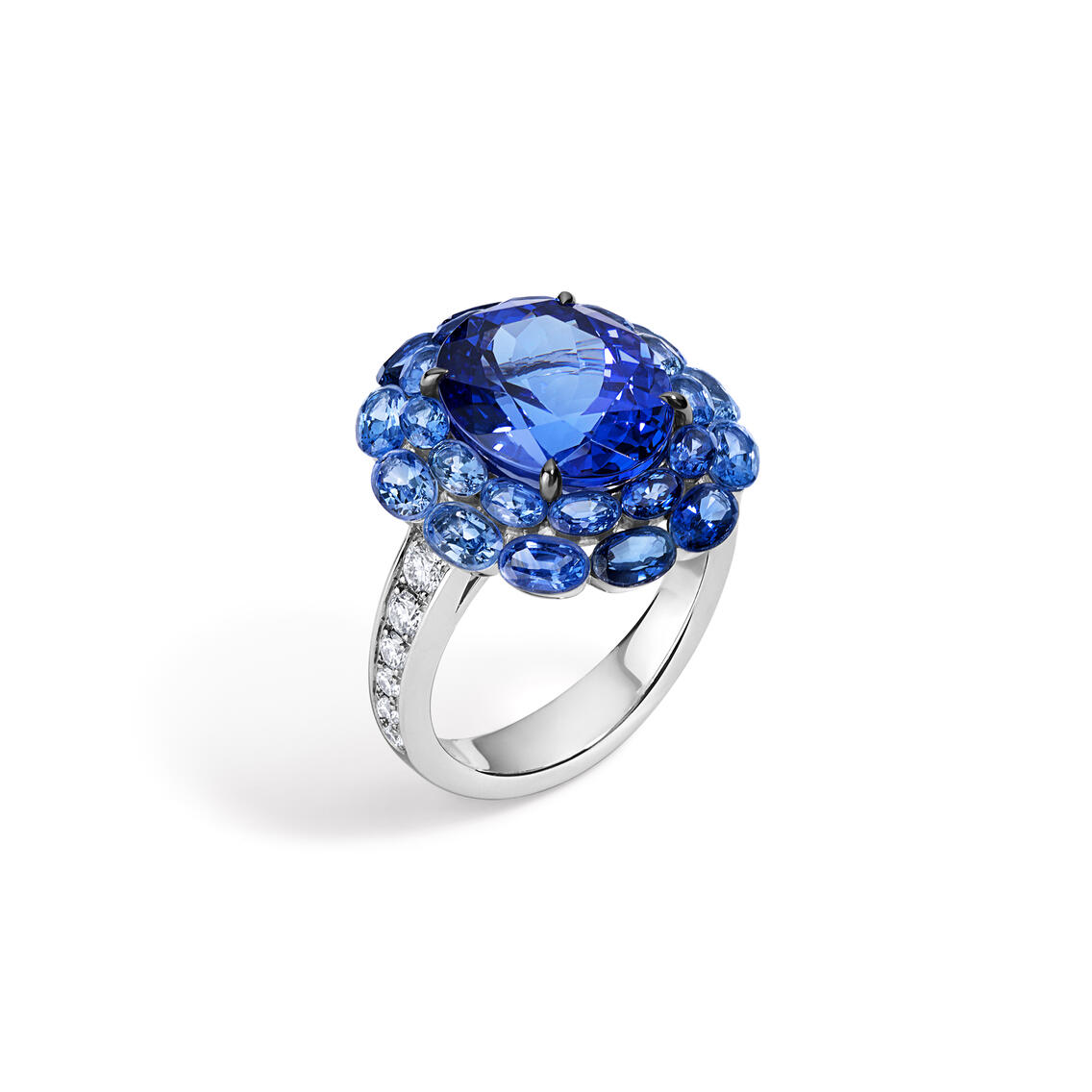
Off-White Product Photography Backgrounds
Think eggshell, ivory, bone, pale gray, or even muted peach or beige tones. These backgrounds still function like white backgrounds in that they’re neutral and product-focused, but they create a completely different mood.
Off-white is ideal when you want your brand to feel:
- more tactile
- editorial
- soft
- approachable
- eco-conscious.
We often see off-white in clean beauty, wellness, artisan goods, ceramics, and textiles. Anywhere where natural light, softness, and subtlety are part of the product’s story.
Visually, it also helps certain products stand out more than they would on a pure white background. Consider light-colored items, such as white clothing, transparent skincare bottles, or pale ceramics. These can get lost on a whiteout background, but look fantastic on a soft neutral.
From a branding perspective, off-white backdrops allow you to differentiate your product pages from the marketplace crowd. It’s one of the easiest ways to instantly make your eCommerce site feel more custom, more editorial, and more like a genuine brand, not just a seller.
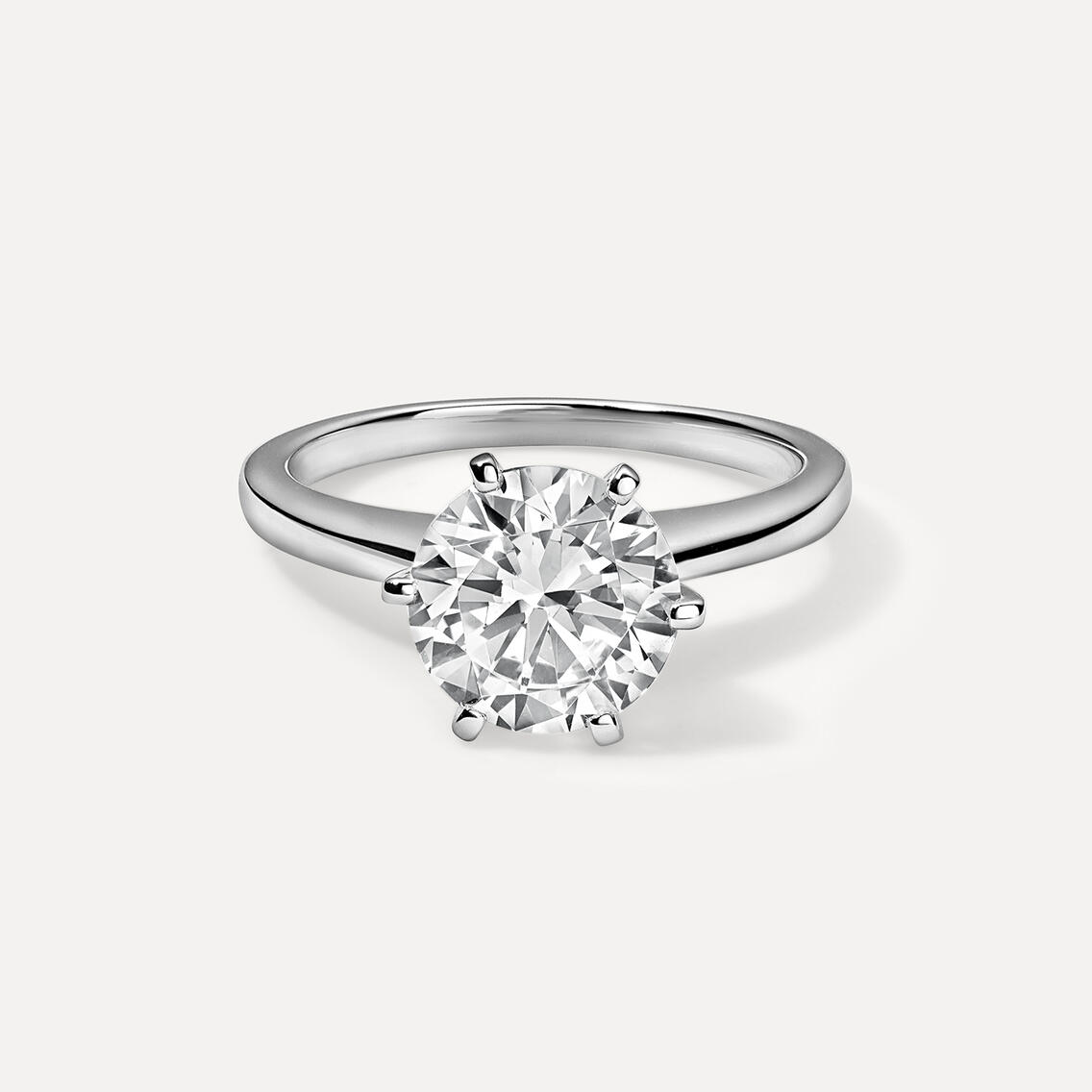
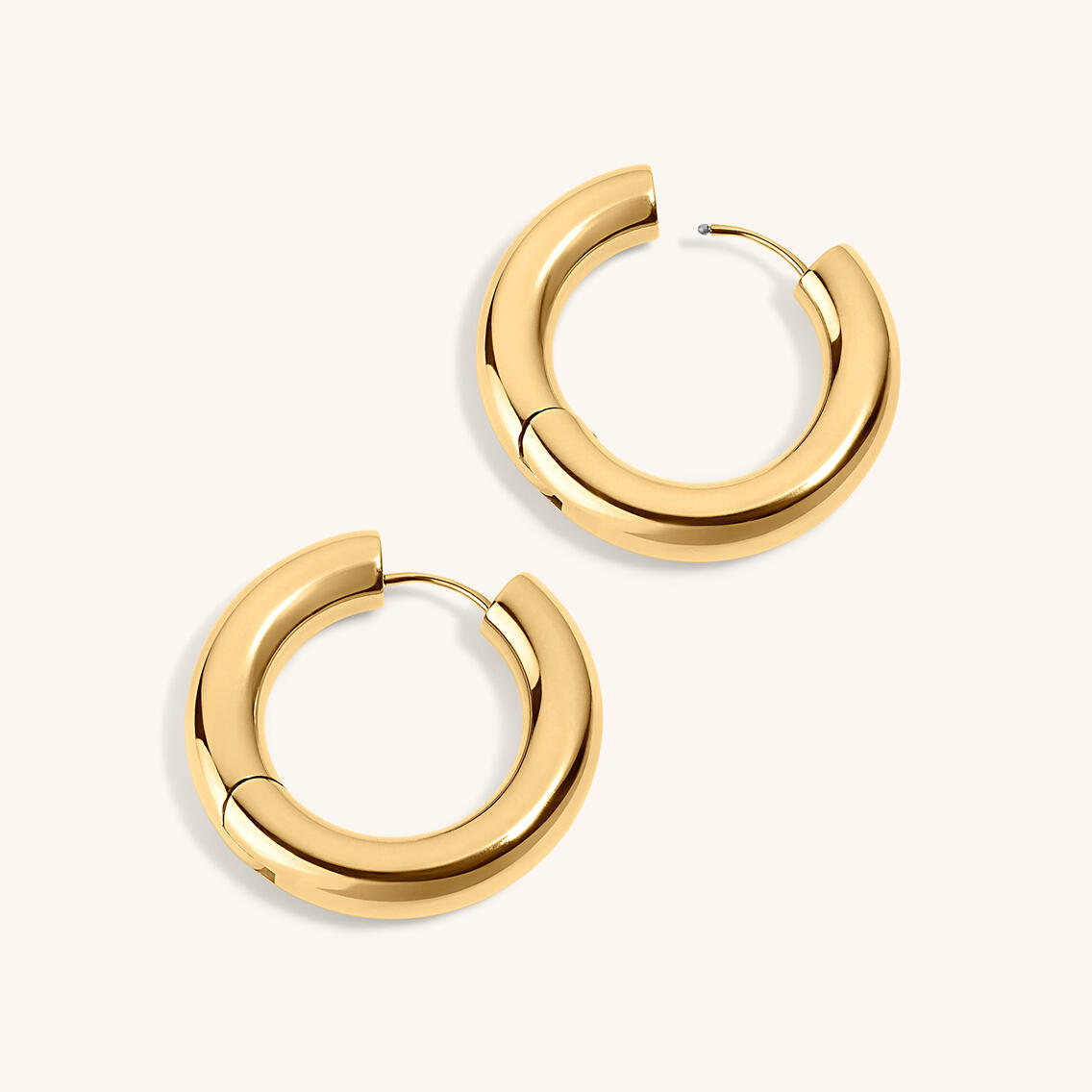
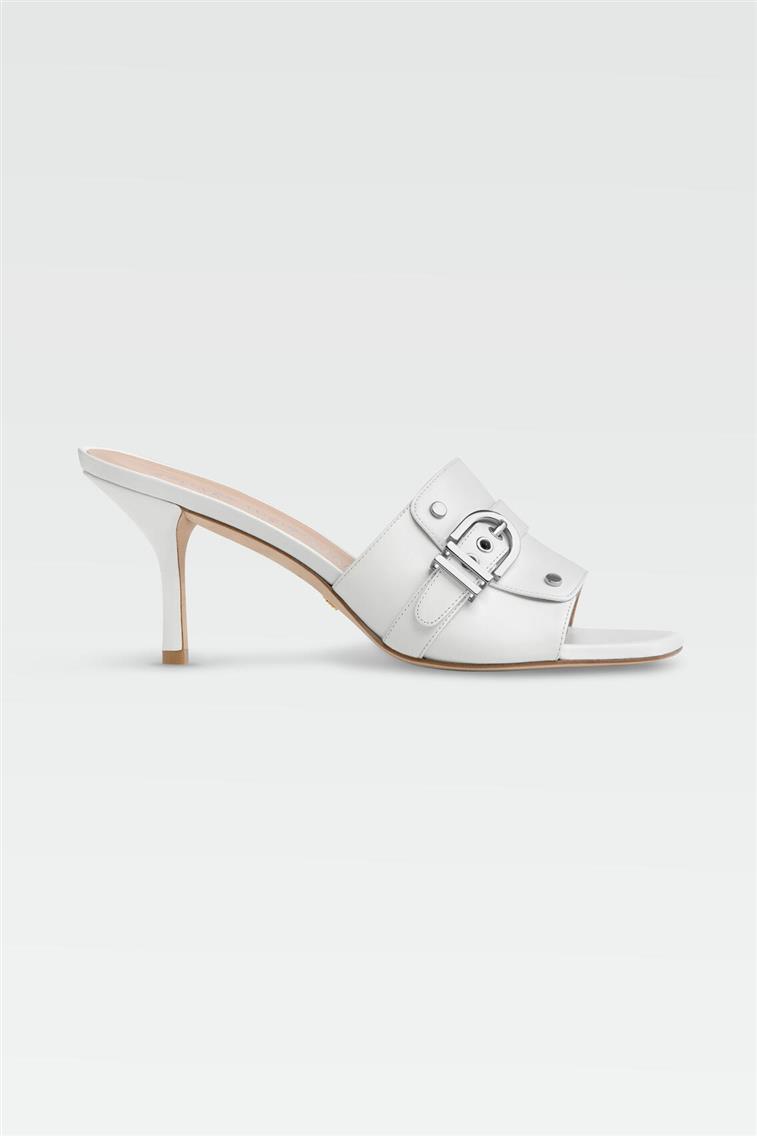
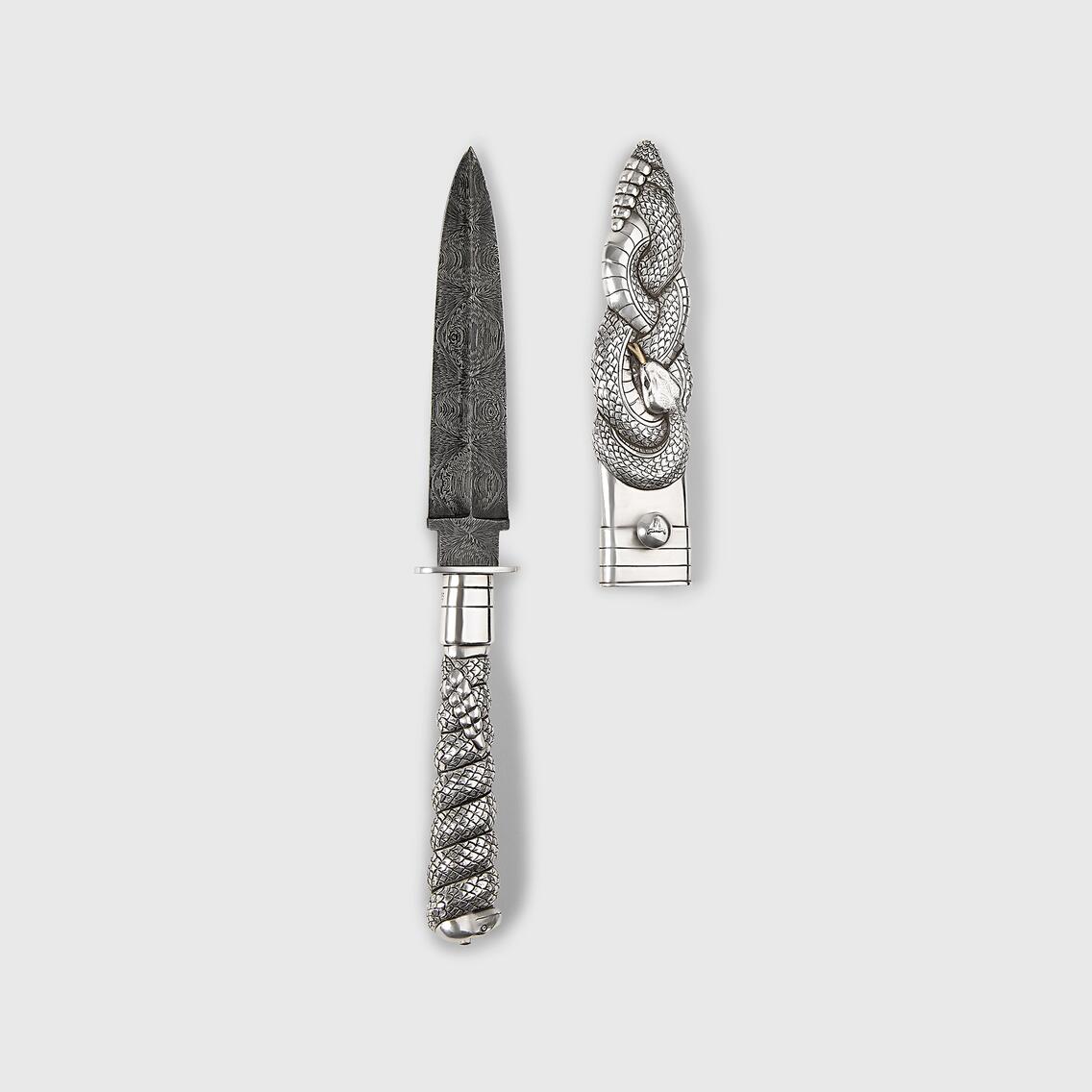
When to Use Colored Backgrounds Instead of White in Product Photography
White backgrounds are reliable, scalable, and safe, but there are moments when playing with color is the best way to present your products. Especially when you're building a brand identity.
In fact, color can help you do something that white usually cannot: convey a mood. You can stop the scroll. You can make people feel something. If you’re strategic about how and when to use colored backgrounds, you can make your brand instantly recognizable before they even read your name.
Using Colored Backgrounds to Build Brand Identity
Some of the most recognizable direct-to-consumer (DTC) brands today have gained recognition due to their effective use of background color. Think of Glossier’s millennial pink, Our Place’s muted kitchen tones, and Bala’s playful lavender and lemon. The backdrop became a part of the brand DNA. That’s the level of visual memory you can create when color is intentional.
So, when should you use a colored background in product photography?
- For hero shots on your homepage
- For email marketing and social content
- For campaign visuals and paid ads
- When your product color contrasts nicely and pops off the background
- When you’re building a mood, seasonality, or collection theme
Let’s say you’re launching a summer capsule collection. A soft sand background might communicate more than any caption could. Or you're a skincare brand and want to evoke freshness. Mint or seafoam backgrounds do that subtly but powerfully. The color becomes emotional and adds another layer to your message.
Just remember: this works best when color is part of a cohesive system, not randomly applied. Your palette should be informed by your brand identity, not just based on following your art director’s mood board.
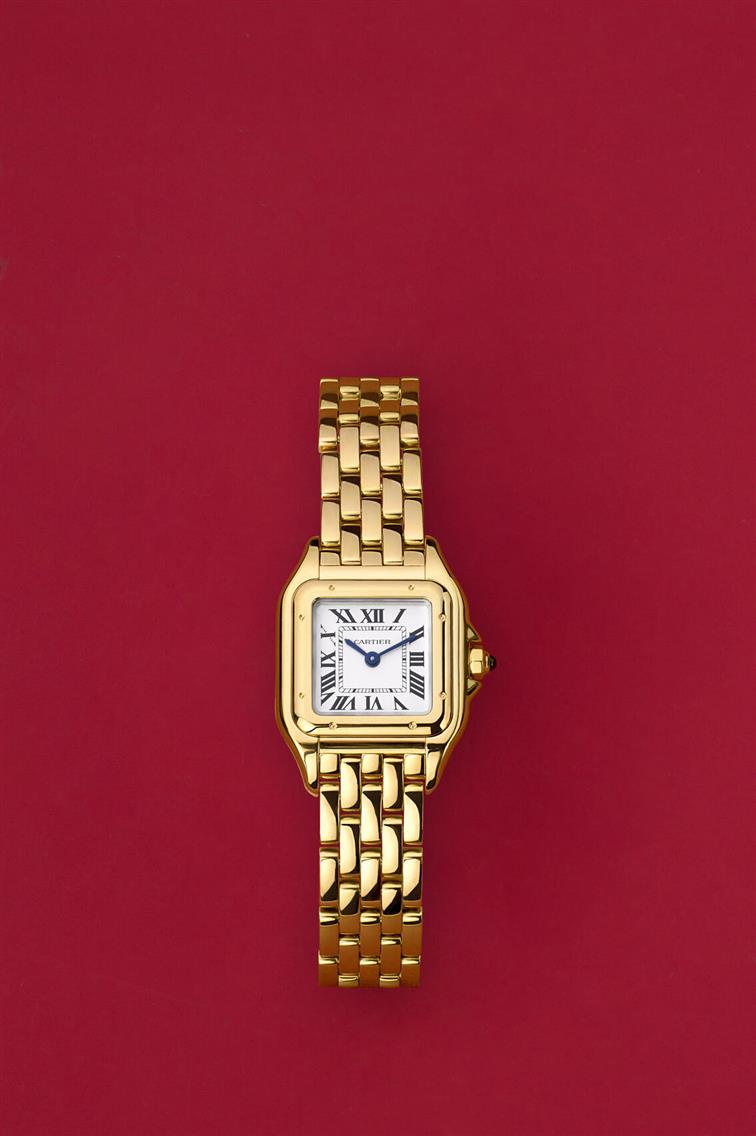
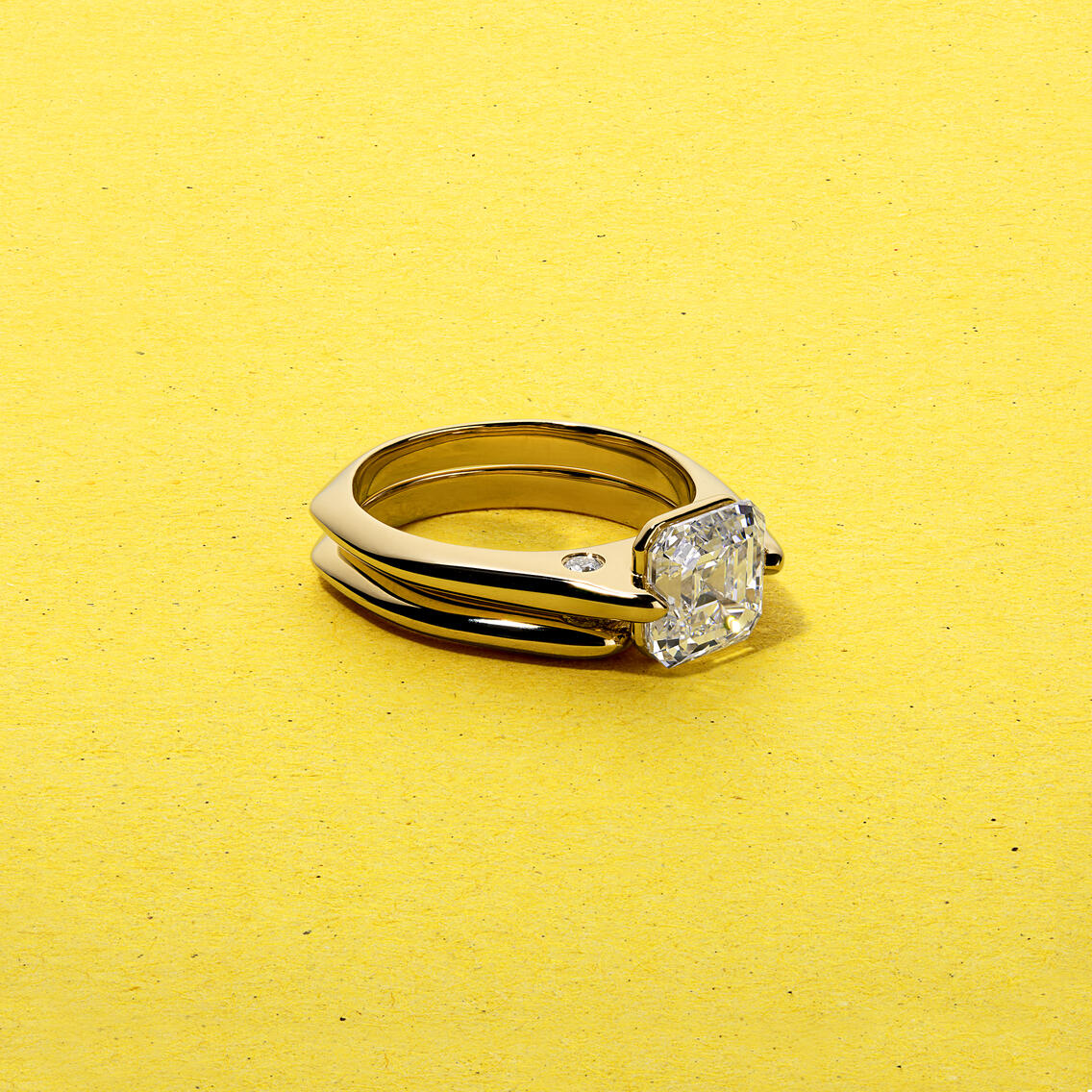
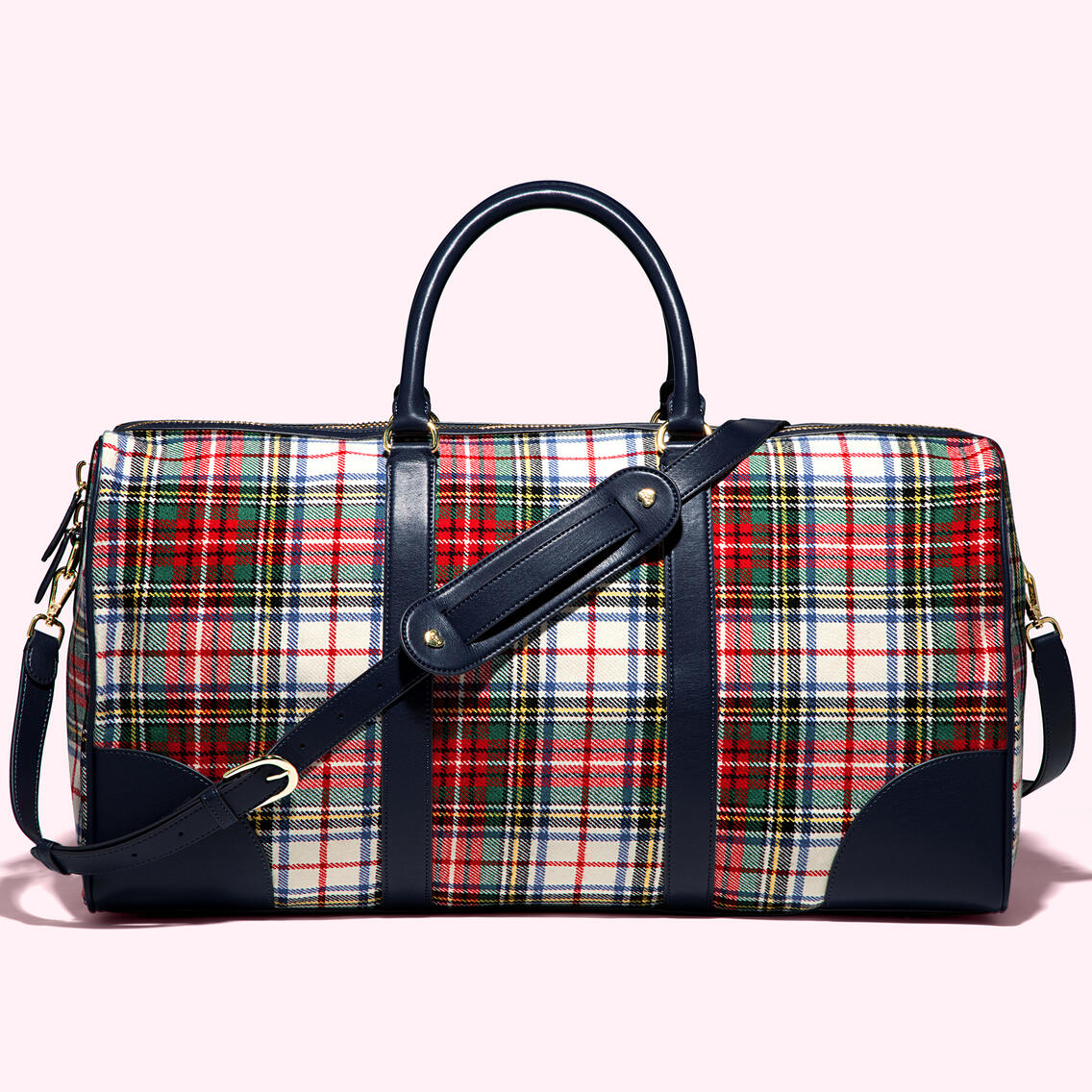
When Colored Product Photography Hurts More Than It Helps
As tempting as it is to go bold, there are real risks with colored backgrounds when they’re used without intention.
If the background color clashes with the product color or skin tones, or there’s no consistent color system across SKUs, your site can end up feeling chaotic. And when you use color on product pages, it distracts from the product shape and detail. Platforms like Amazon or Google will likely reject the image entirely.
For core product pages (especially if you're building a catalog of dozens or hundreds of SKUs), white or near-white still wins. It’s cleaner, faster to load, easier to crop, and more future-proof. Colored backgrounds should be used strategically, not universally. So think of white as your infrastructure and color as your billboard.
How to Combine White and Colored Backgrounds in One Visual System
Here’s what most eCommerce brands can do: use a tiered background strategy. Pure white for marketplace listings and wholesale product catalogs. Open light or off-white for their branded site PDPs and catalog imagery. Colored backdrops for banners, email hero images, paid ads, and campaigns.
Open Light Product Photo Style: Adding Realism Without Losing Minimalism
You might see a hint of shadow beneath the product, or a natural gradient that keeps the image grounded. It still feels clean and minimal, but more lifelike.
This style is especially popular with direct-to-consumer (DTC) brands and luxury products, where the goal is clarity, its character, and value.
Some key benefits of open white backgrounds:
- Adds subtle depth and realism without clutter
- Works great for apparel, footwear, jewelry, and tabletop items
- Creates a more editorial feel while staying versatile for PDPs
Visually, this background keeps things simple but human. It feels less clinical than pure white and helps bridge the gap between e-commerce photography and lifestyle content. If your brand has an emotional or design-forward positioning, open white is often the better choice.

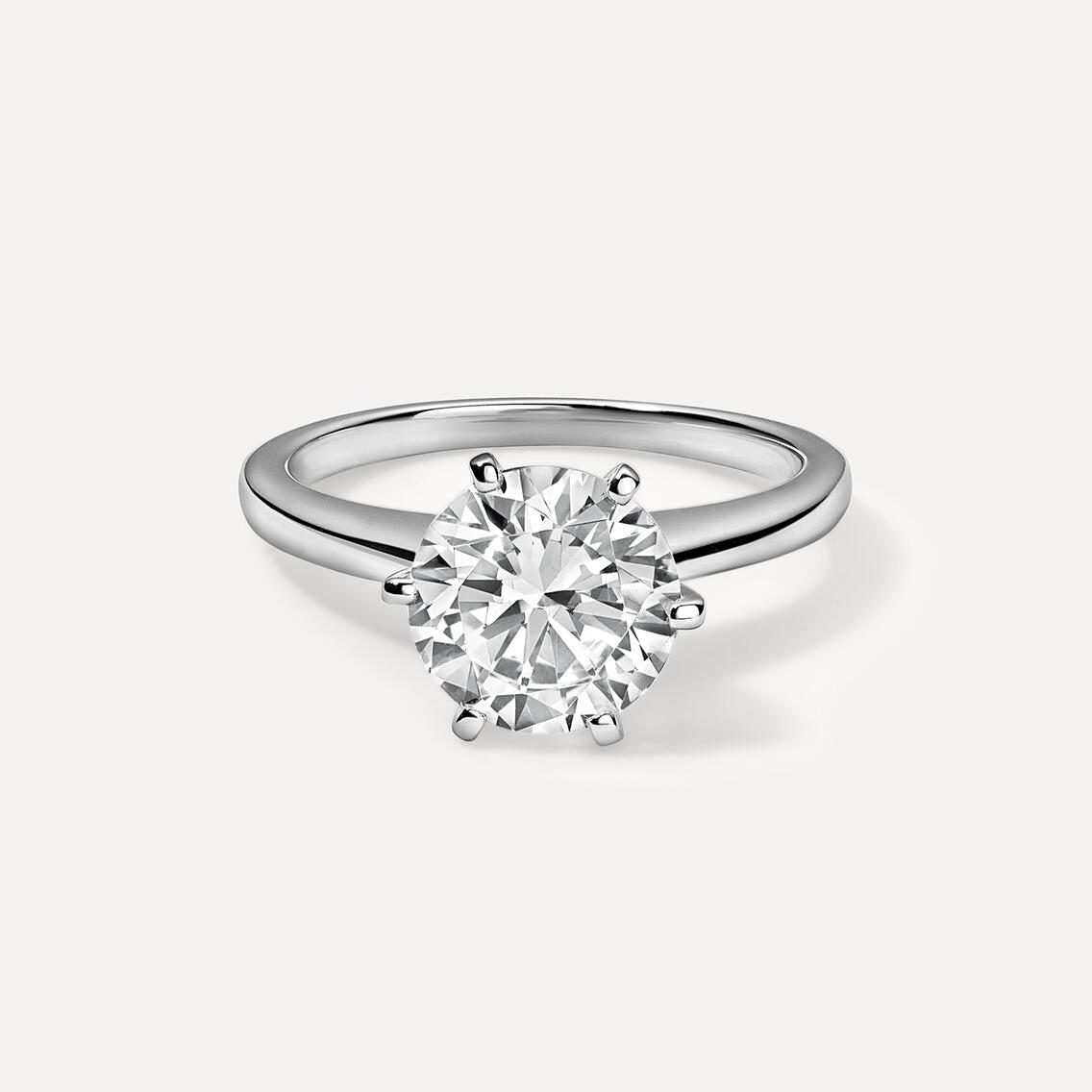
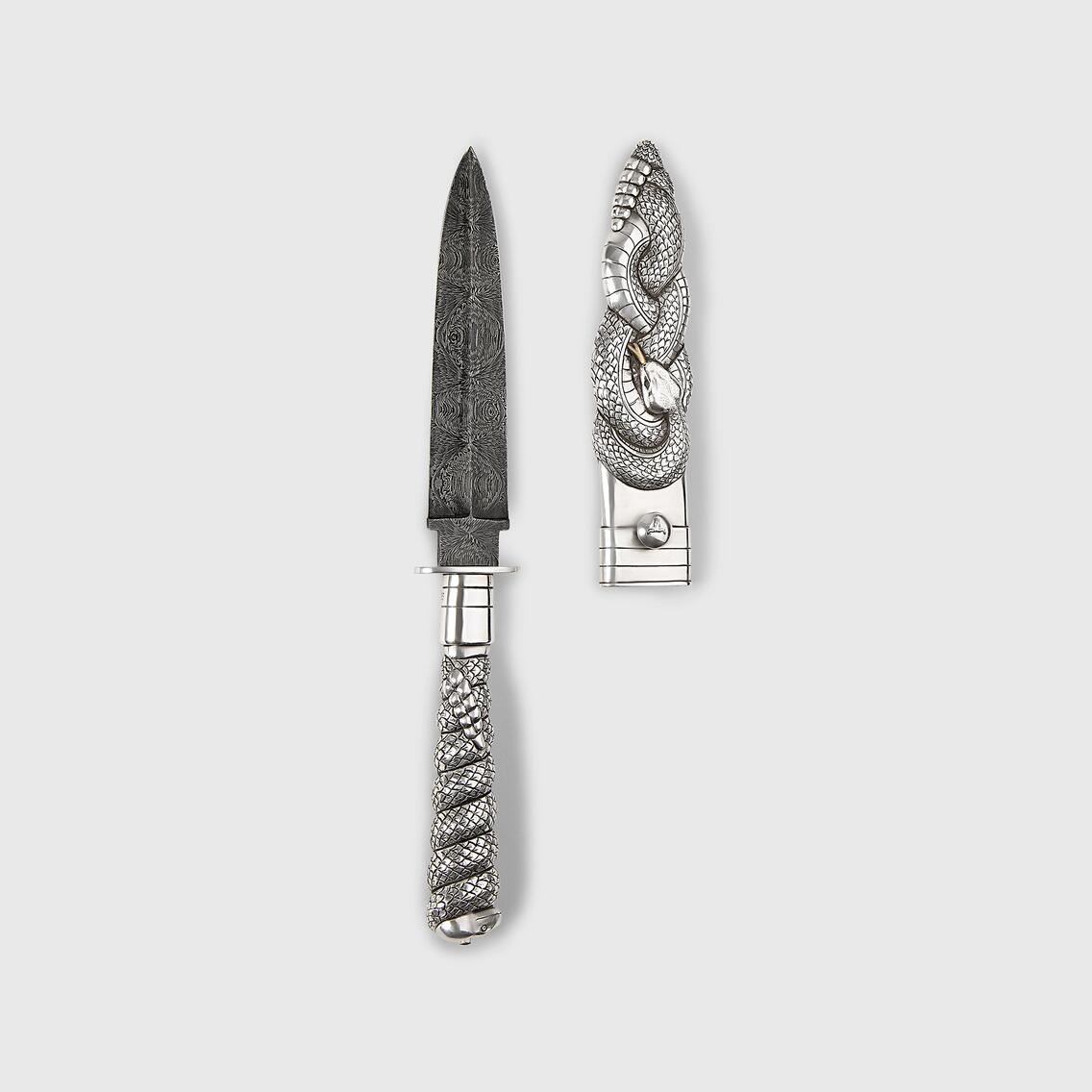
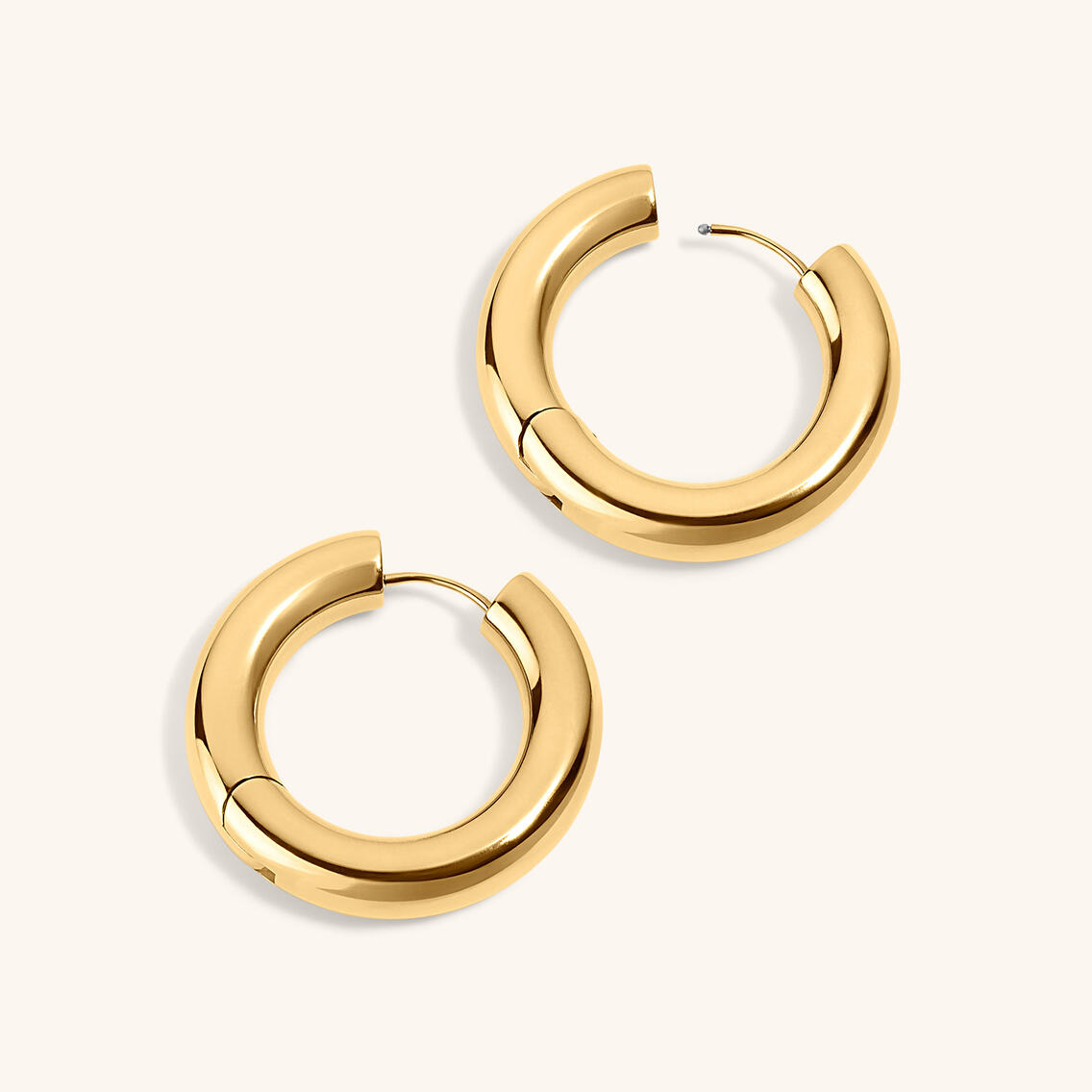
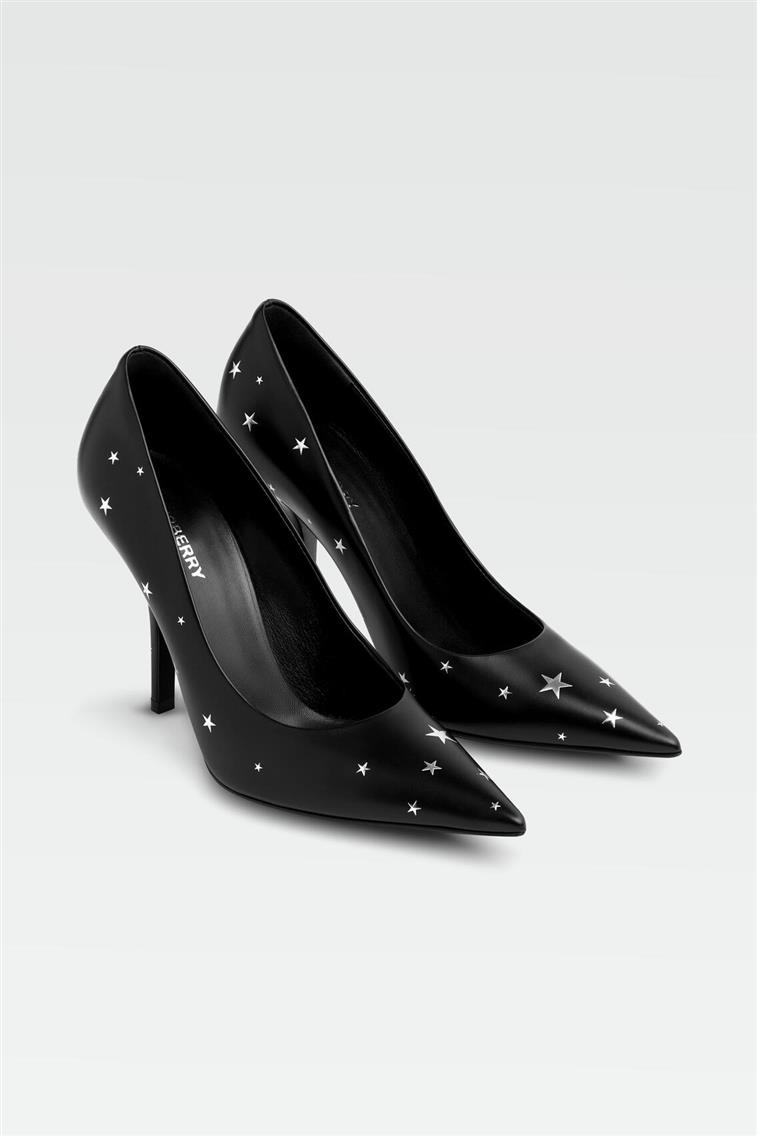
Standardizing Backgrounds Across SKUs for Efficiency
Despite white backgrounds being the long-standing standard in product photography, there’s a significant shift happening across the industry. Many marketplaces now allow, and even encourage, backgrounds that aren’t 100% pure white, giving brands more creative freedom and the opportunity to develop a unique visual style.
As for brand-owned websites, a stark white background can feel cold and generic. Instead, an open light background, a bright yet natural and inviting setting, often works better to showcase the product and engage customers more effectively. We specialize in open light photography and can help you elevate your product imagery to stand out in today’s competitive market.
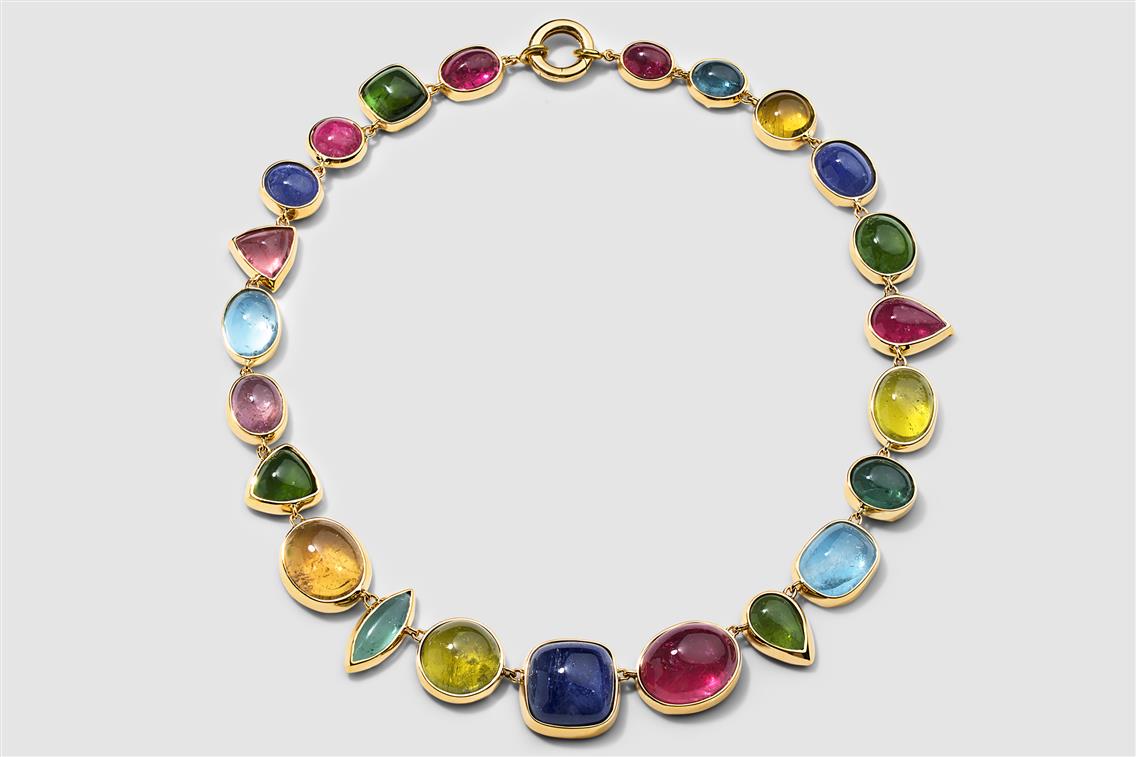
Now, imagine the original was on a busy tile floor with colored lighting and shadows. That’s not scalable. You’re not just shooting a product, you’re recreating a set. Every. Single. Time.
By using standardized backdrops, your assets remain consistent across product lines. This allows creative teams to build templates for lighting, props, and styling, resulting in faster, cheaper, and more reliable post-production. Additionally, you can split-test colors and angles without redoing full shoots.
This system helps future-proof your content as you expand to new SKUs, collections, or even sub-brands.
Go-To Partner for Product Photography
You’ve got a product to sell. Maybe hundreds. Maybe thousands. Having a sophisticated and flexible photography setup that can accommodate a range of backgrounds (and their corresponding lighting needs) can be very expensive and take up a lot of space. That’s why smart eCommerce brands will partner with a dedicated photo studio.
When you shoot with the right studio partner, that studio will understand your brand identity deeply and be able to handle all these versions in one session: identical angles, perfect lighting, and multiple background versions delivered. You can focus on growing your business while the studio focuses on providing exceptional images that precisely match your brand.
At LenFlash, we specialize in product photography that’s built for business growth. Whether you're launching your first five SKUs or producing content for an enterprise catalog, we deliver clean, consistent, high-converting white background images. Fast.
Our seamless background product photos:
- Hit every pixel requirement for Amazon, Walmart, Google Shopping, and etc.
- Maintain perfect lighting and color accuracy.
- Shot by a team with years of experience, who’ve photographed everything, from jewelry to tech, perfumes to home goods, and clothing to musical instruments.
We help you to establish your style, pure white, open light, or off-white, to match both platform standards and your brand tone. You get technical perfection without creative compromise. And if you‘re not sure exactly what you need, we can help you figure it out.
Fast Turnarounds. Cloud Delivery. No Drop in Quality.
Whether you're refreshing a collection or rolling out a new product line, our studio is designed to move at the speed your business needs, without sacrificing consistency or polish.
You Build the Brand. We Back It Up With Flawless Visuals.
At the end of the day, your product photos are doing the selling. The difference between a hesitant visitor and a confident buyer often comes down to image quality, clarity, and cohesion.
You’ve already done the hard part. Building the brand, developing the product, growing the business. Now, let us handle the visuals that help close the deal.










